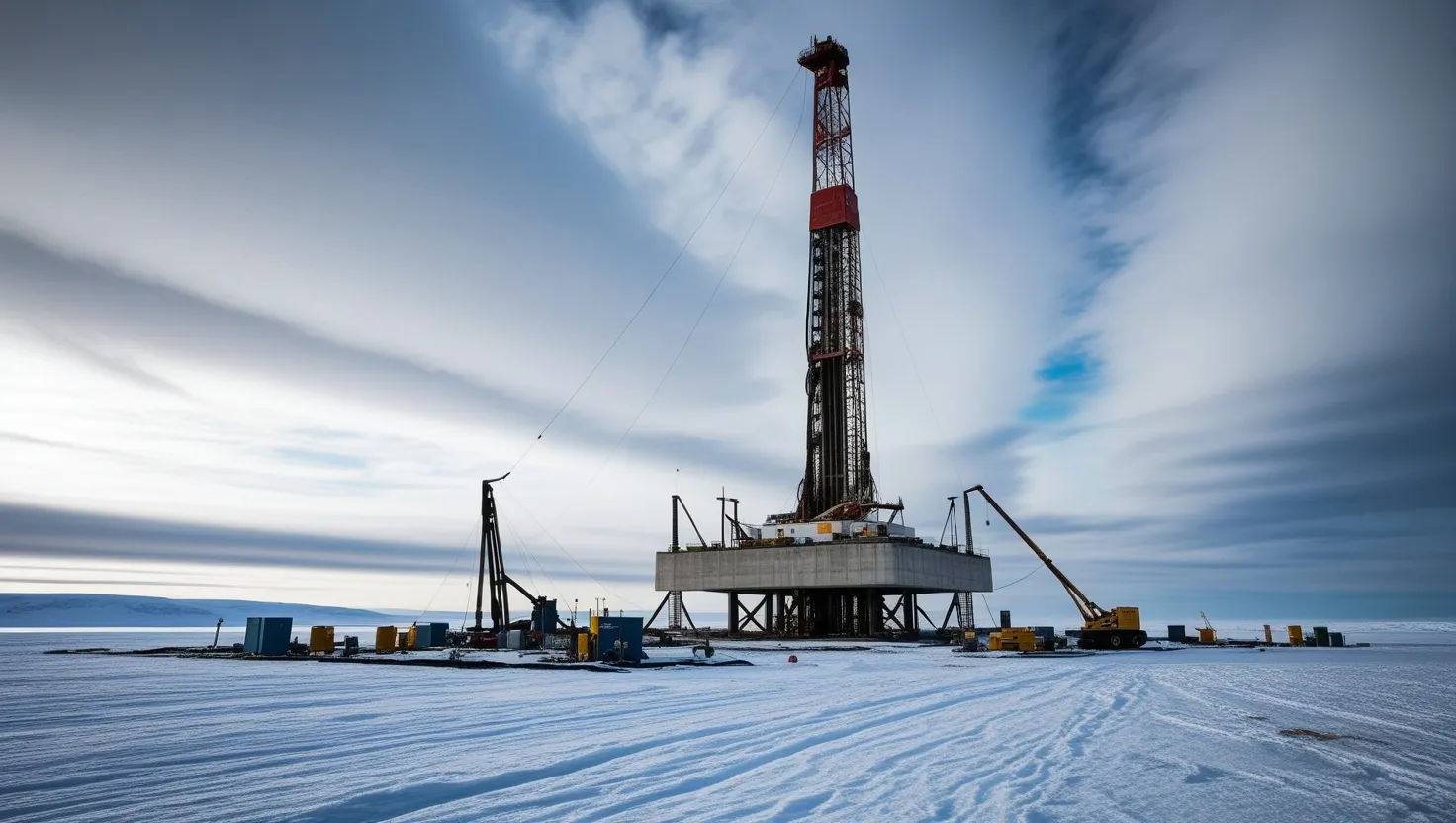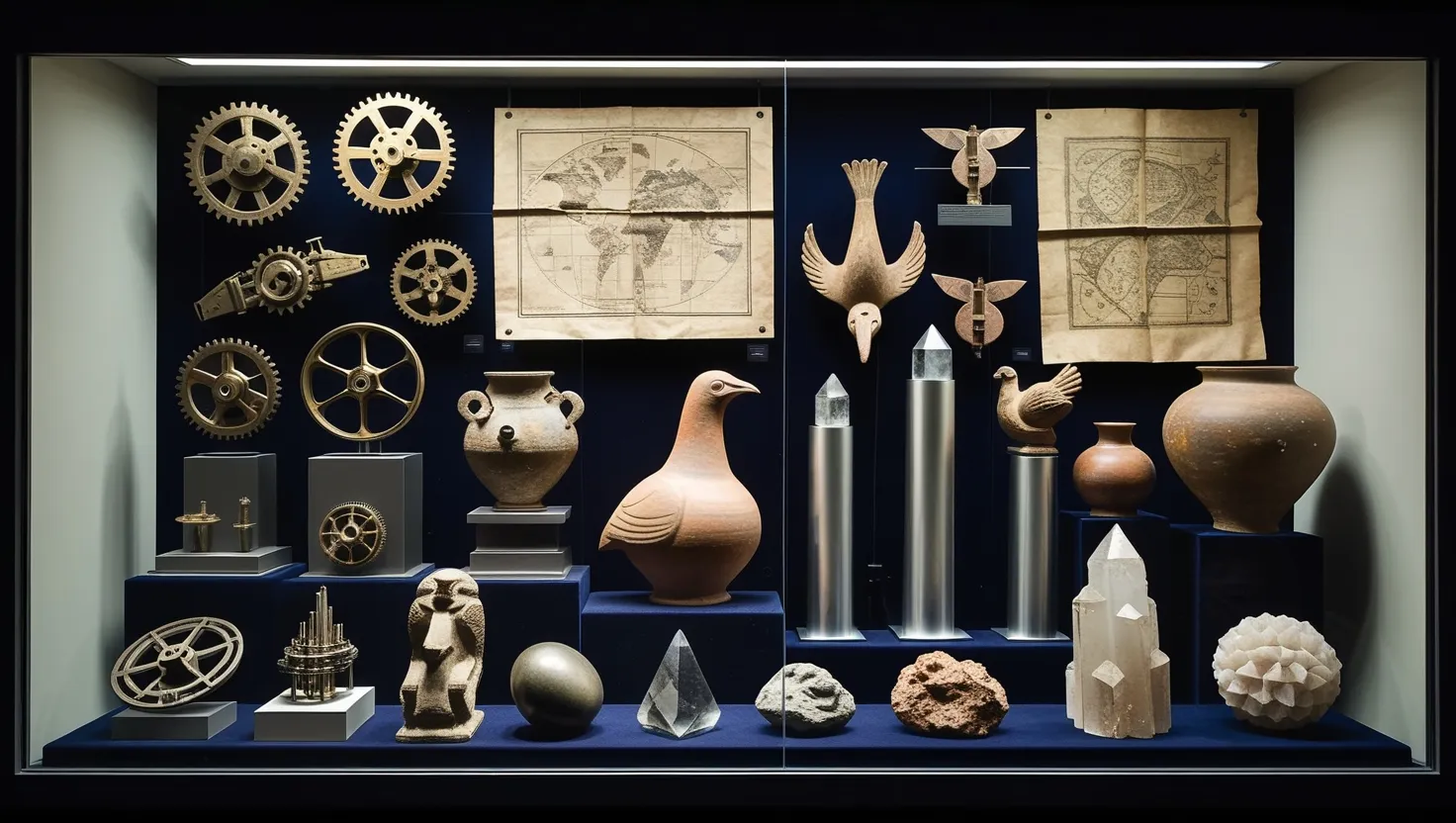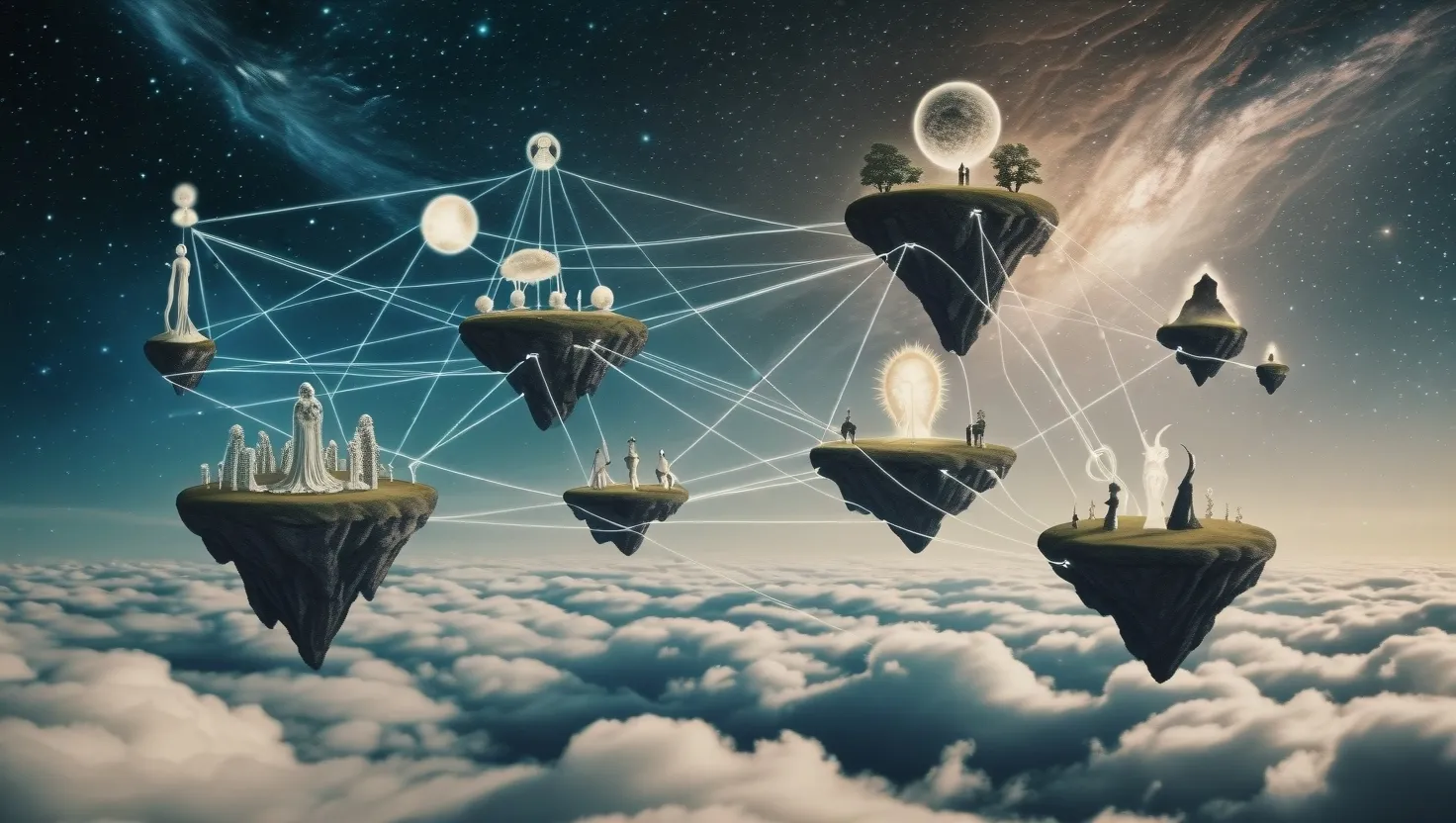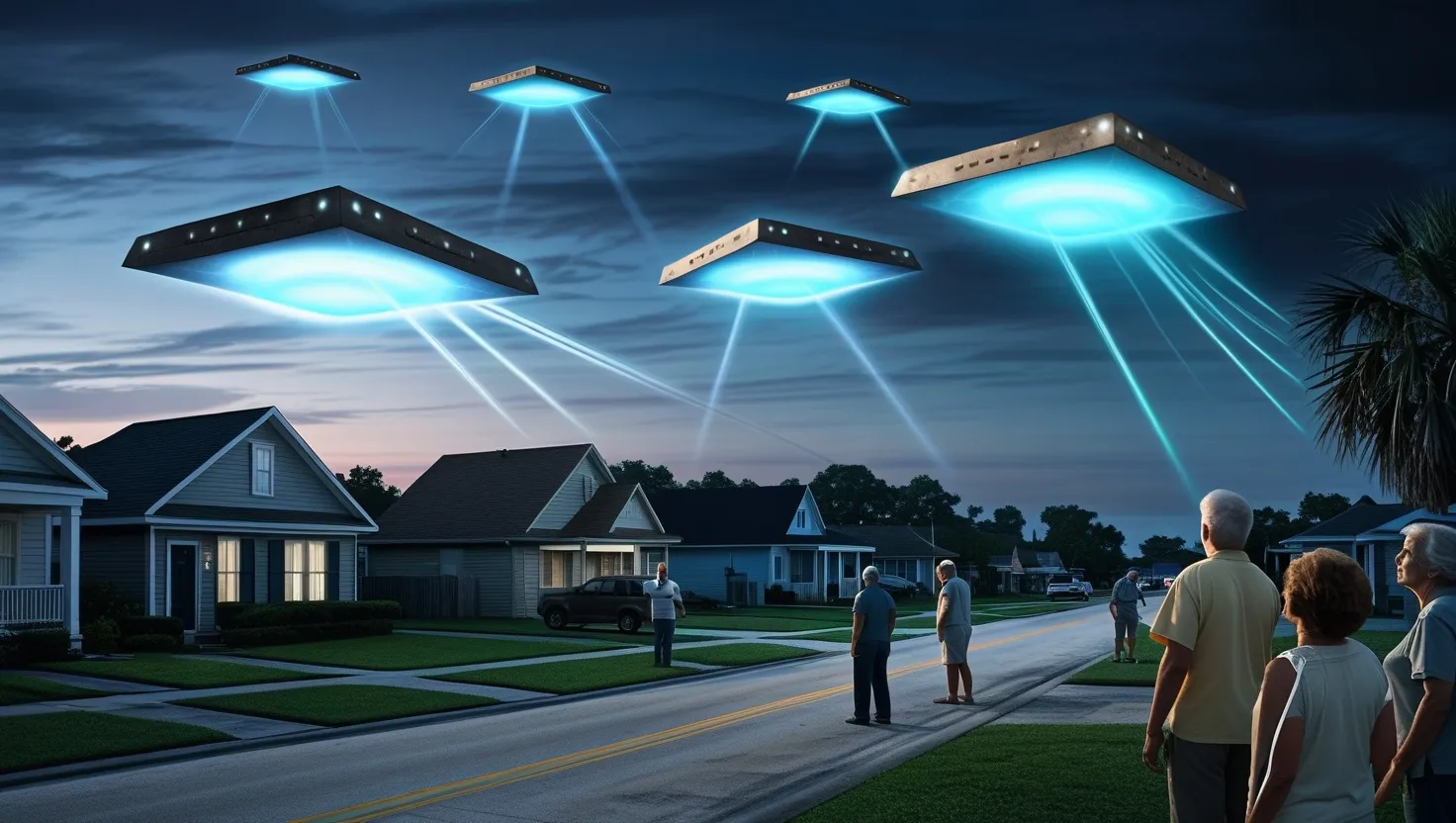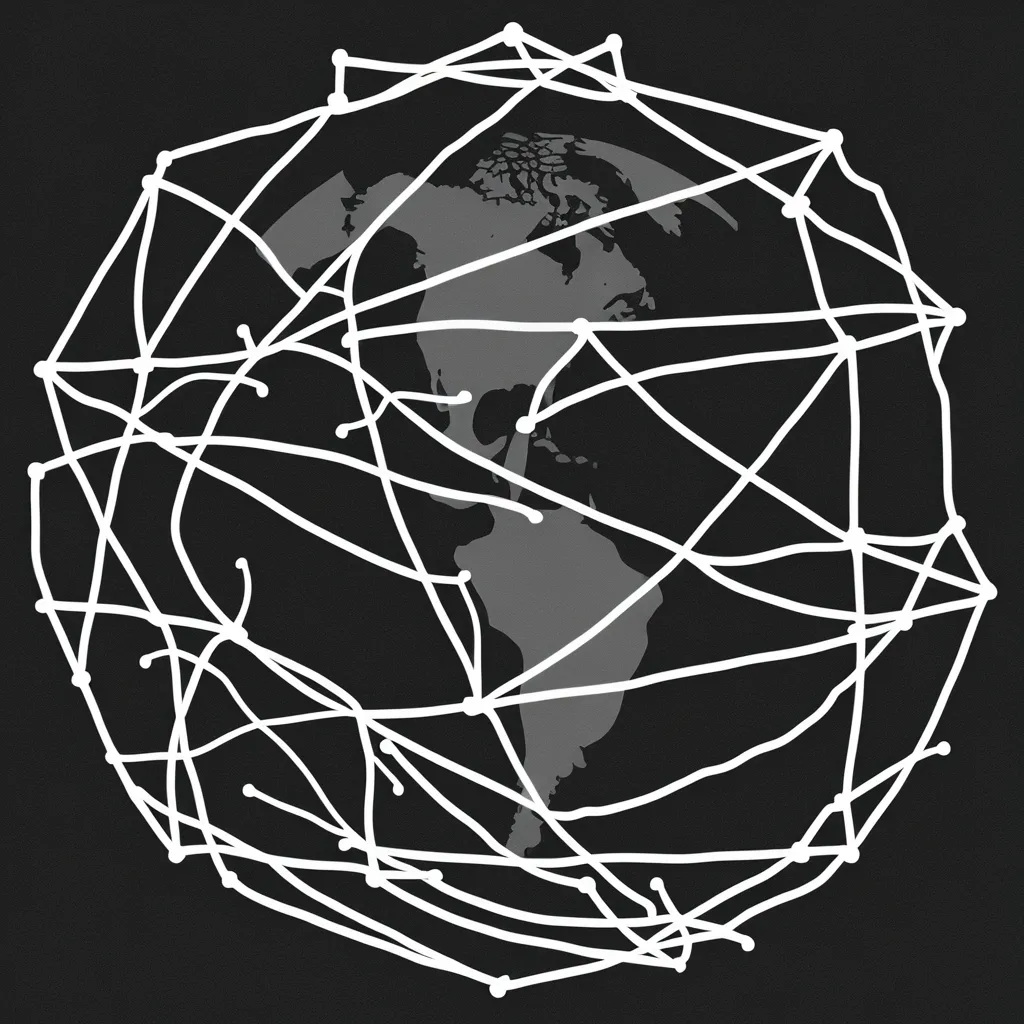If I ask most people about great adventures, they usually think of journeys above the earth, not into it. But in a remote part of Russia’s Arctic Circle, the Kola Superdeep Borehole drilled toward the heart of the planet, crossing into a realm that remains as mysterious and contested as the deep ocean or outer space. When the Soviets set out in 1970 to uncover the planet’s deeper secrets, they succeeded—in some ways beyond what they bargained for.
It’s easy to picture the scene: decades of drilling, engineers and geologists crowded around consoles, the slow grind of rock giving way inch by inch. After nearly twenty years, the drill reached an astonishing depth—over 12 kilometers, deeper than the Mariana Trench or the height of Everest. But here’s what’s fascinating: the deeper we probed, the less the Earth seemed to match our textbooks.
I’m struck by the fact that temperature readings flipped expectations. Instead of the predicted 100°C, the sensors registered a sweltering 180°C at the bottom—almost double. Was our model of heat flow through the crust simply too naive, or did something else drive this spike? The heat wasn’t the only surprise. Mud samples recovered from below were saturated with hydrogen. Was this evidence for ancient chemical processes that never occur near the surface? Even now, geochemists debate whether these reservoirs could someday revolutionize energy. Is it possible the planet’s deepest rocks produce hydrogen continuously?
Then there’s the gold, and I’m not just fueling a miner’s fantasy. Highly pressurized fracture zones in core samples contained unusual concentrations of gold. Why would such metals collect at these crushing depths? Some geoscientists suggest it points to unknown migration routes for fluids and elements, and perhaps new explanations for how mineral deposits form.
Microscopic fossils added another layer—I wonder if anyone expected living signatures at these depths. Conventional wisdom said organic remains would be destroyed by heat and pressure long before reaching 7 miles down. Instead, scientists found microfossils encased in protective envelopes of carbon and nitrogen, apparently shielded for billions of years. Could this mean viable microbial life persists far deeper than thought, perhaps even on other planets with hostile surfaces?
The drilling itself challenged more than our sense of geology. Remember the “Conrad discontinuity”—the boundary between granite and basalt, long accepted as part of Earth’s crustal architecture? The borehole didn’t find it at all. This forced researchers to revise longstanding theories on the crust’s composition. Was it a case of bad luck drilling, or did seismic surveys above ground mislead us about the real structure below?
“If you want to understand the secrets of the universe, look deep inside yourself.”
—Carl Jung
But I can’t help questioning what else happened at the borehole’s limits. Records describe seismic vibrations and strange acoustics, including mechanical pulses echoing up from the bottom. Engineers noted sounds—outside explanation by simple rock fracturing. They weren’t alone: a persistent rumor circulated about microphones lowered into the hole capturing bizarre noises, sparking myths in global media about hellish wails and “the drilling to hell.” These stories, almost certainly fiction, disguise more serious concerns. Why did military advisors step in and classify the deepest data, sealing the project just as new discoveries beckoned?
Suspicion only deepened when the site’s gravity surveys revealed lasting anomalies—patches of density that didn’t match surrounding geology. Minerals sampled showed water had penetrated far beneath what tectonic models allowed. Was there an unregistered source of moisture deep in the crust? Some think serpentinized rocks may act as conduits, suggesting water can migrate downward more efficiently than theory predicts.
“The most beautiful experience we can have is the mysterious. It is the fundamental emotion which stands at the cradle of true art and science.”
—Albert Einstein
I find it meaningful that, after all the investment made, the borehole casing was sealed in reinforced concrete—no one can revisit, sample, or verify the Soviet results independently. Russian Academy of Sciences officials say it was for safety, citing instability and risk of collapse. Independent analysts, however, have called attention to inconsistencies: funding for related research persisted, and the rig was technically capable of going deeper. Could economic motives—given the area’s rich nickel deposits—have accelerated the closure to prevent unwanted discoveries about local mineral resources?
So what remains: Is it just a geological achievement, or is there an unresolved scientific anomaly buried beneath the concrete? Could those hydrogen reservoirs challenge how we think about renewable energy on Earth? Have we underestimated microbiology’s reach into extreme environments, with implications reaching into fields as varied as astrobiology and biotechnology? Or did classified data suppress findings that might disrupt energy or resource markets?
I often ask myself, do we stop exploring when the facts threaten what we find comfortable, or do barriers appear only when we’re on the verge of overturning foundational assumptions? The Kola Borehole acts as a silent witness—a monument to both scientific ambition and uncertainty, to curiosity blocked by technical, economic, or political limits.
“What we know is a drop, what we don’t know is an ocean.”
—Isaac Newton
If you stood at the borehole today, amid wind and tundra, you’d encounter little more than a concrete plug. The maps, samples, and data live elsewhere, some public, some buried deep in archives. But the questions persist: can we dig deeper, both literally and figuratively, into Earth’s secrets, knowing that sometimes what emerges will force us to redraw the map?
When fresh findings challenge old truths, are we prepared to reconsider the story of our planet? The next time you read about the crust beneath your feet, recall that our understanding still has blind spots, filled not just with rock but with the unknown—and perhaps, at times, the untold.
“Science is a way of thinking much more than it is a body of knowledge.”
—Carl Sagan
I invite you to wonder: Are the limits of exploration defined by nature, or by us?
